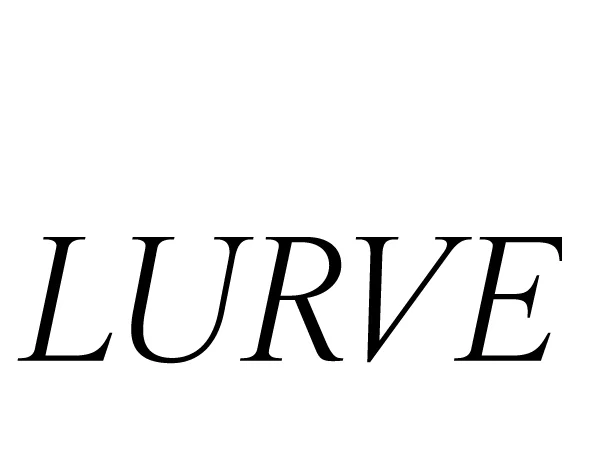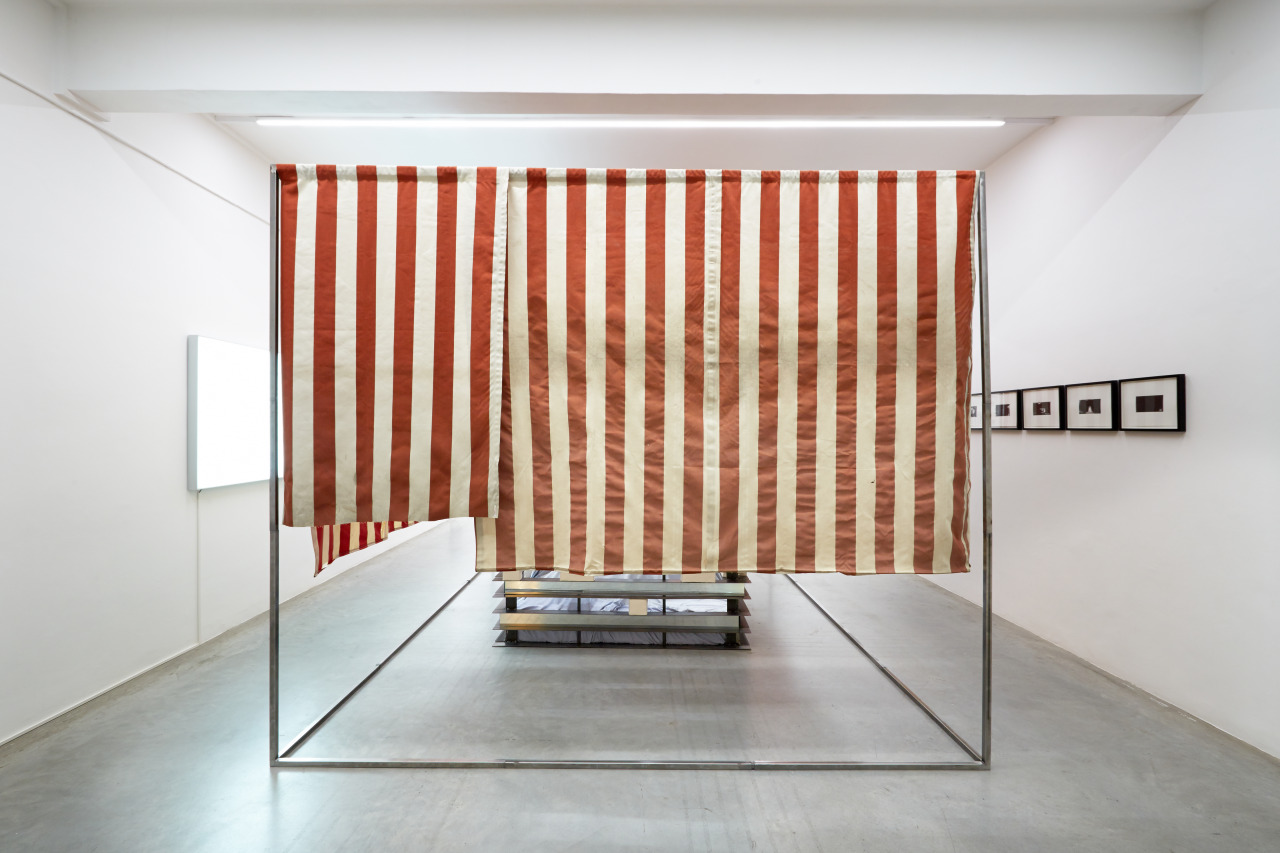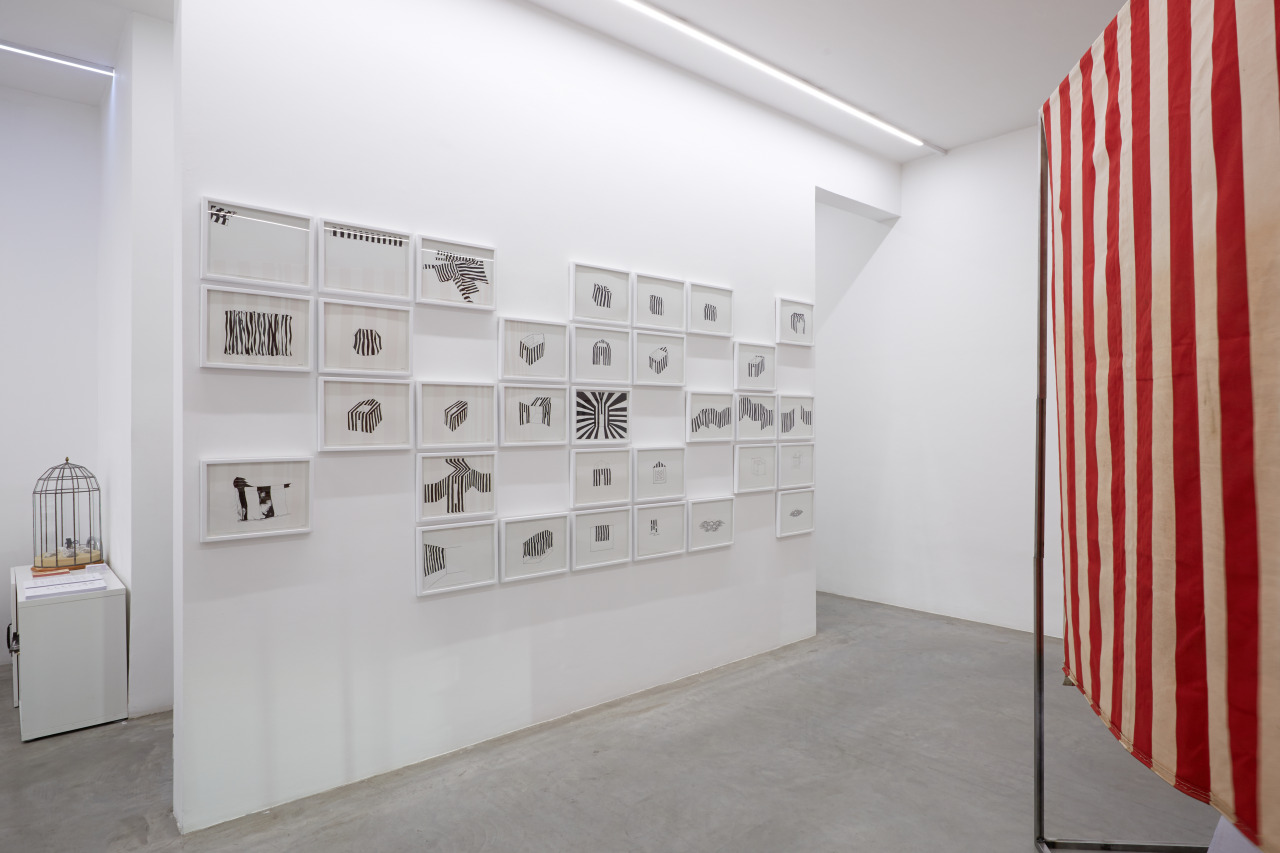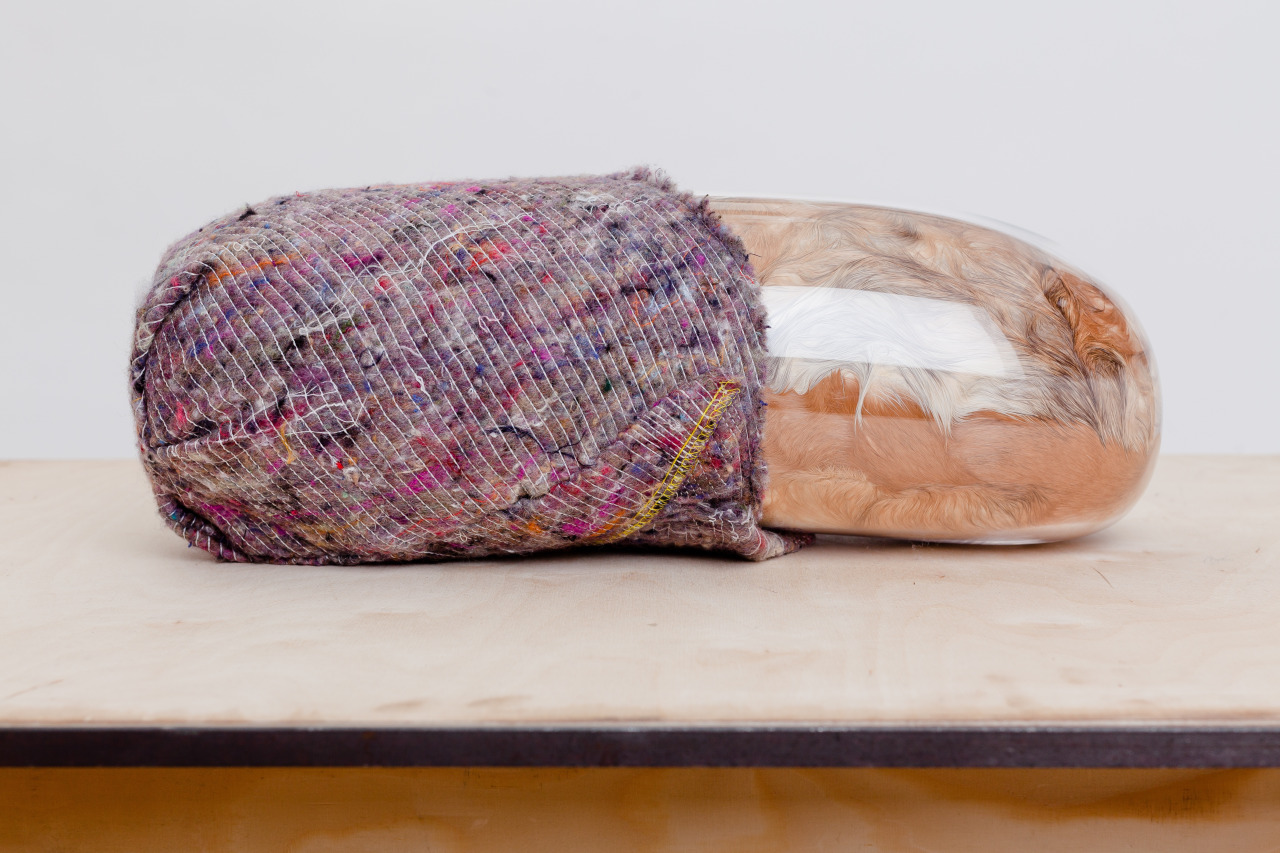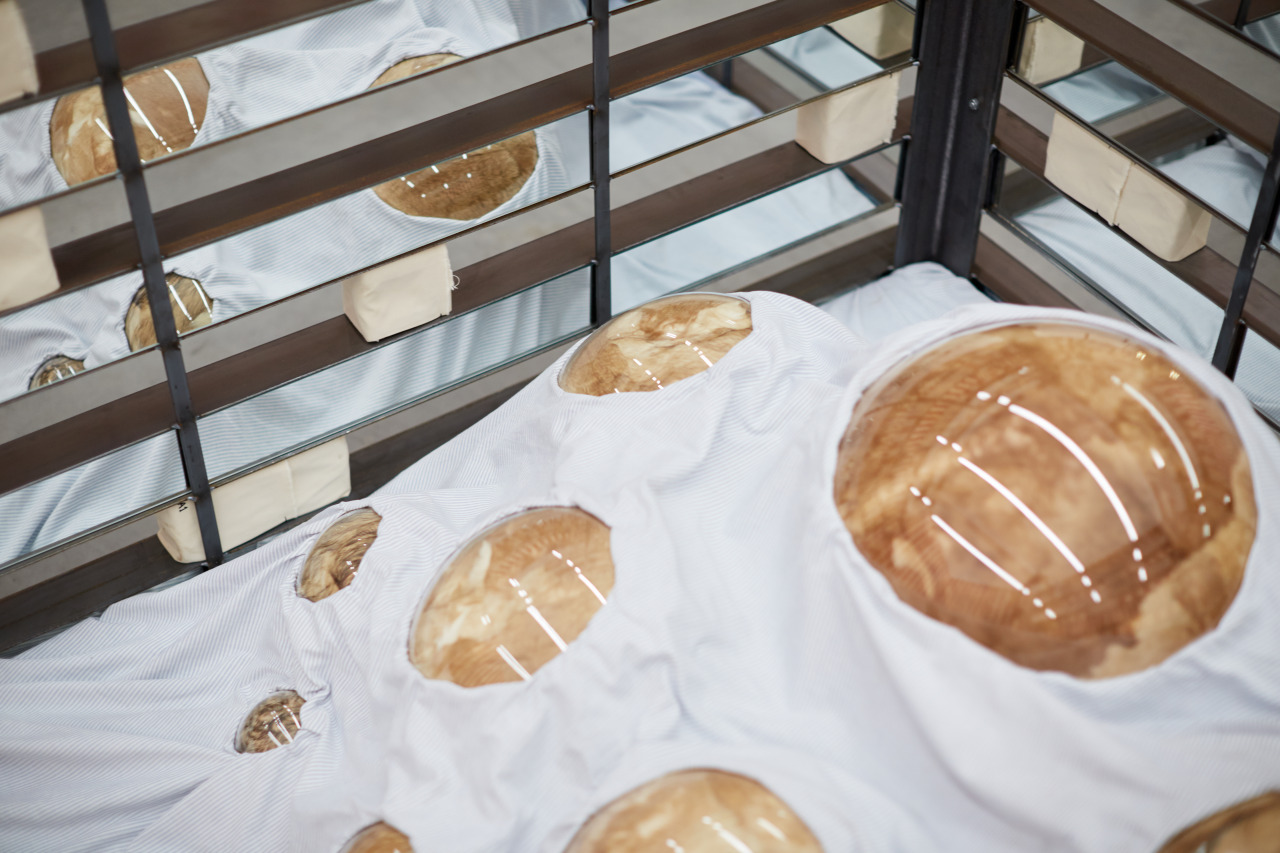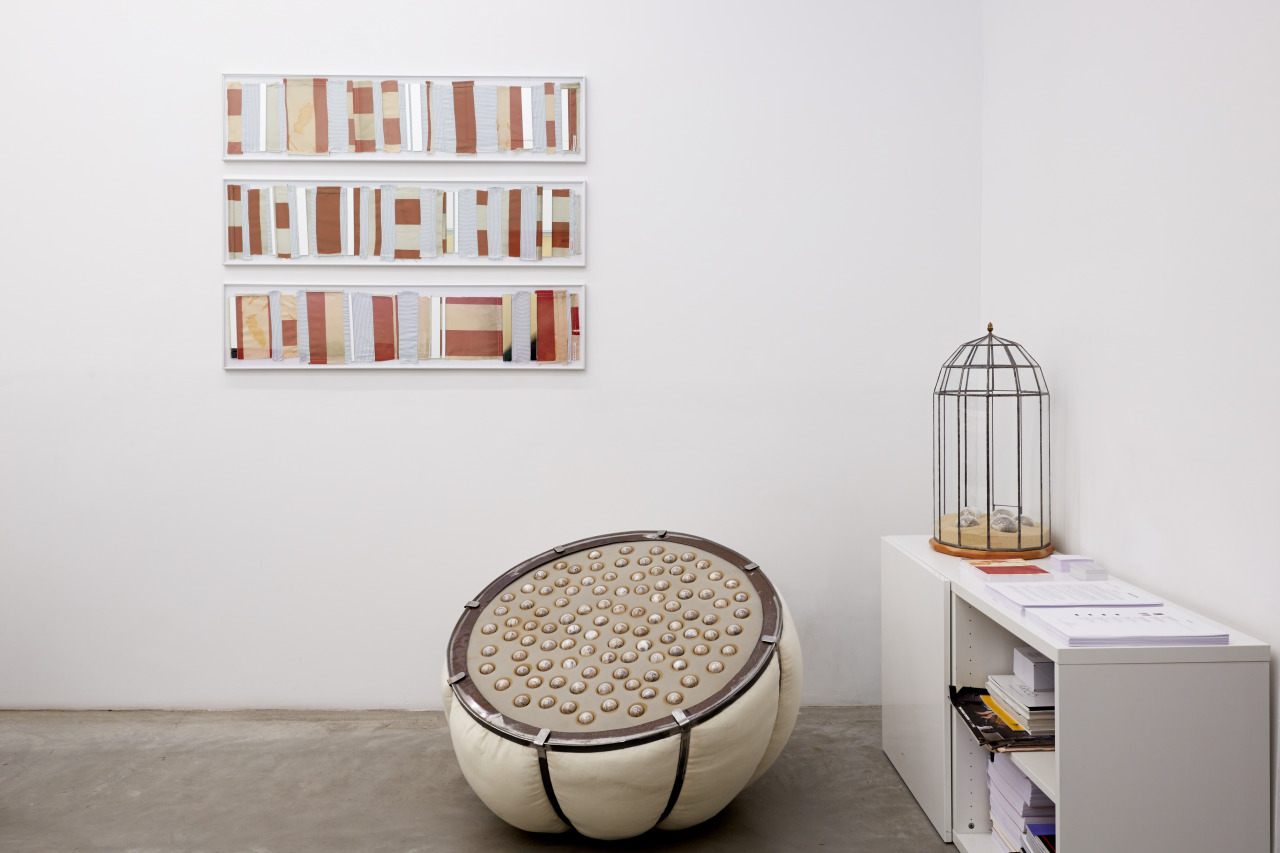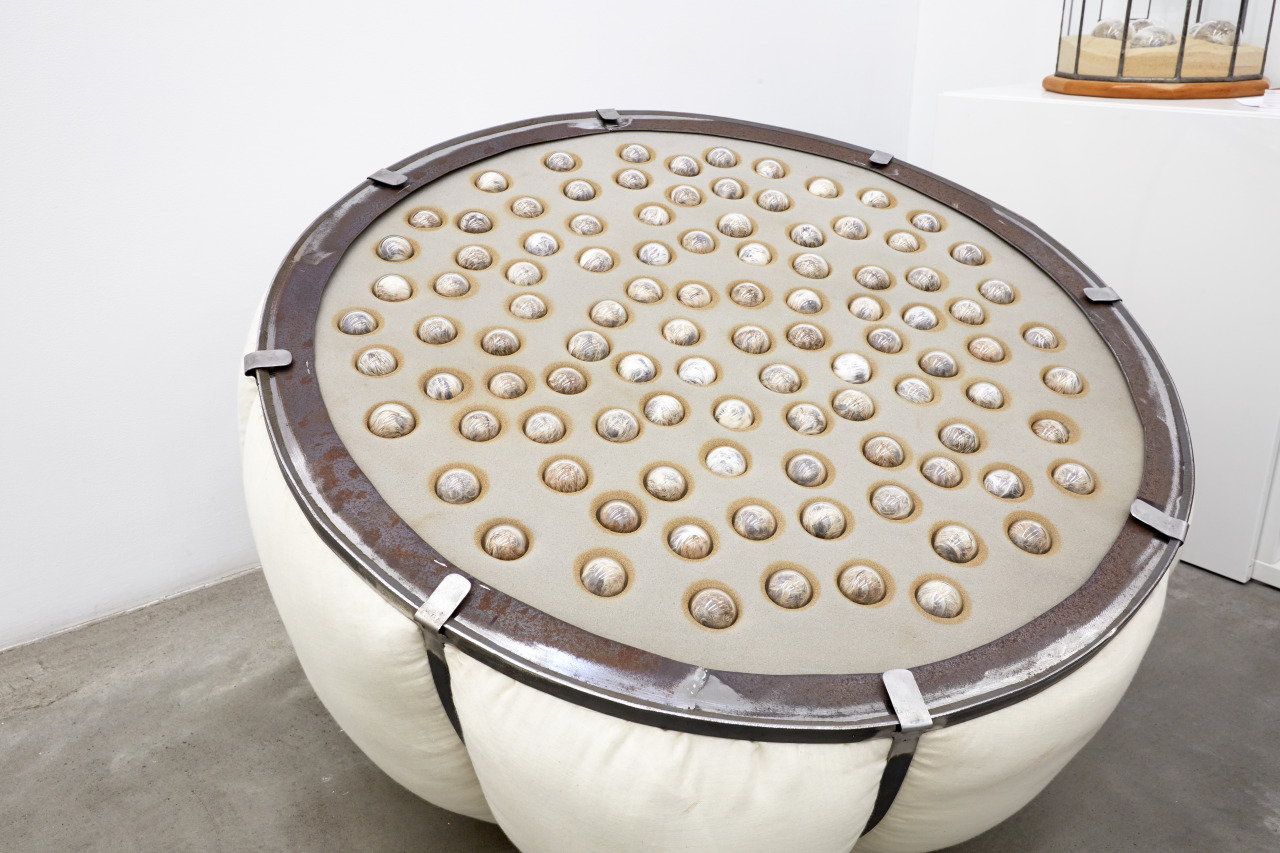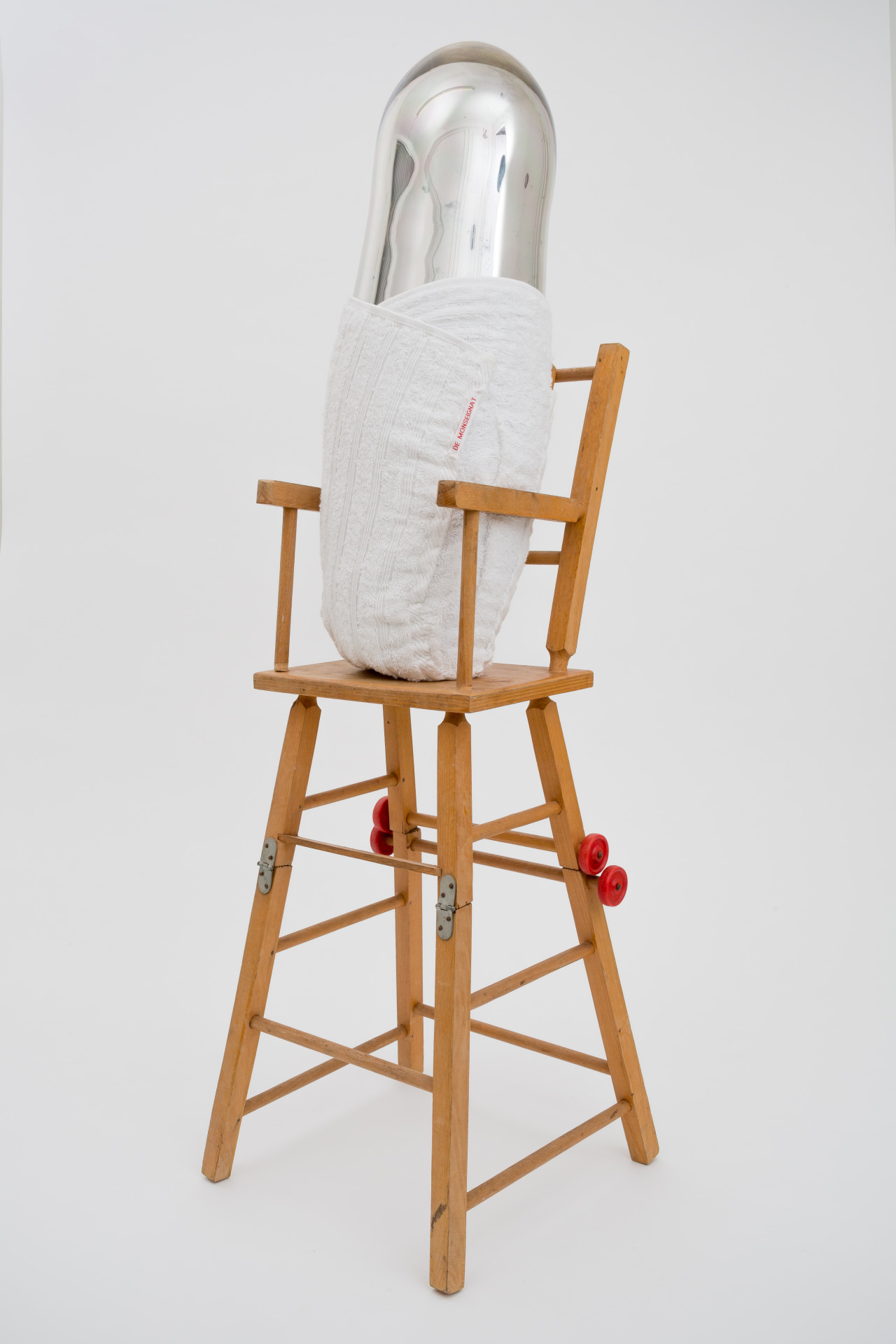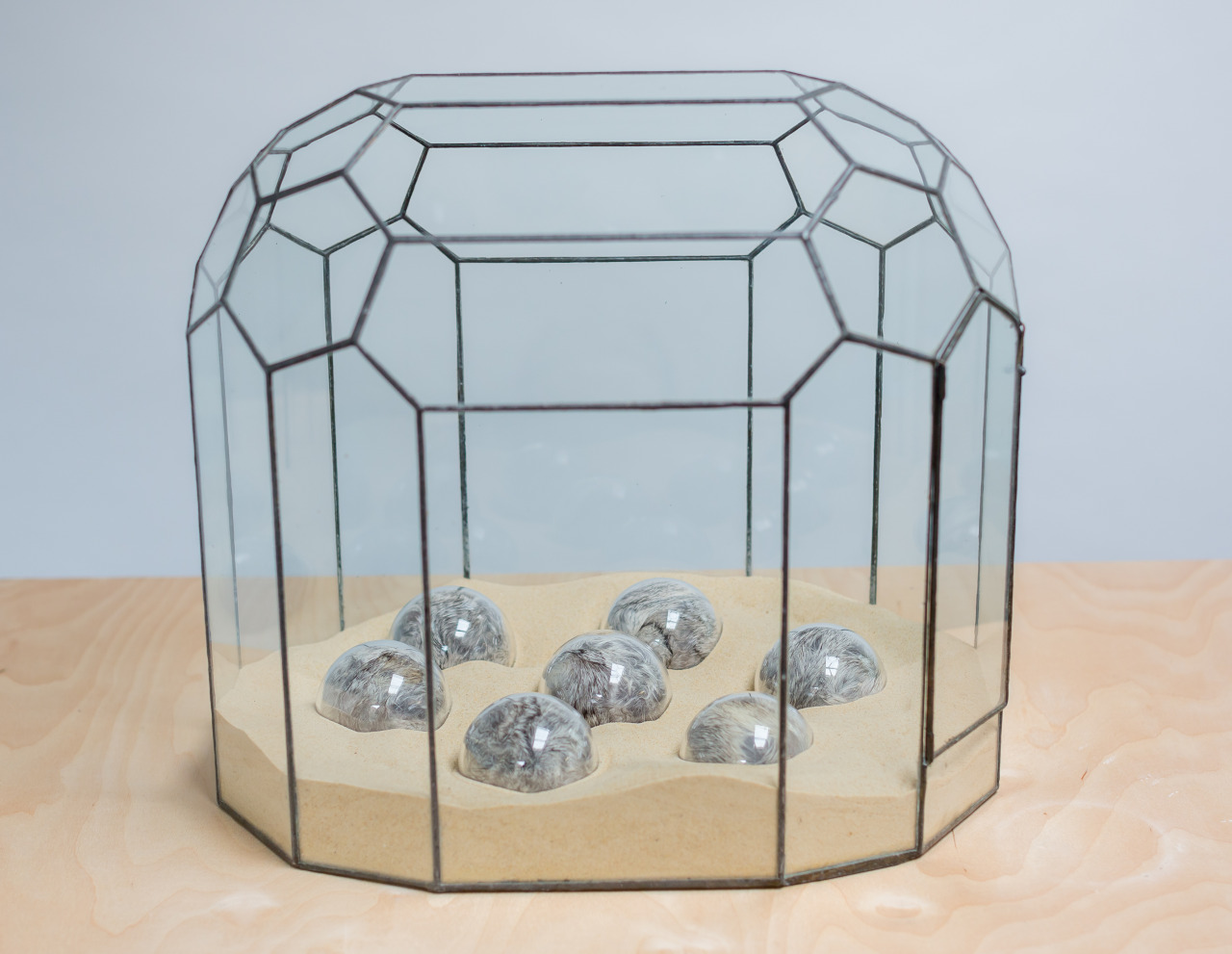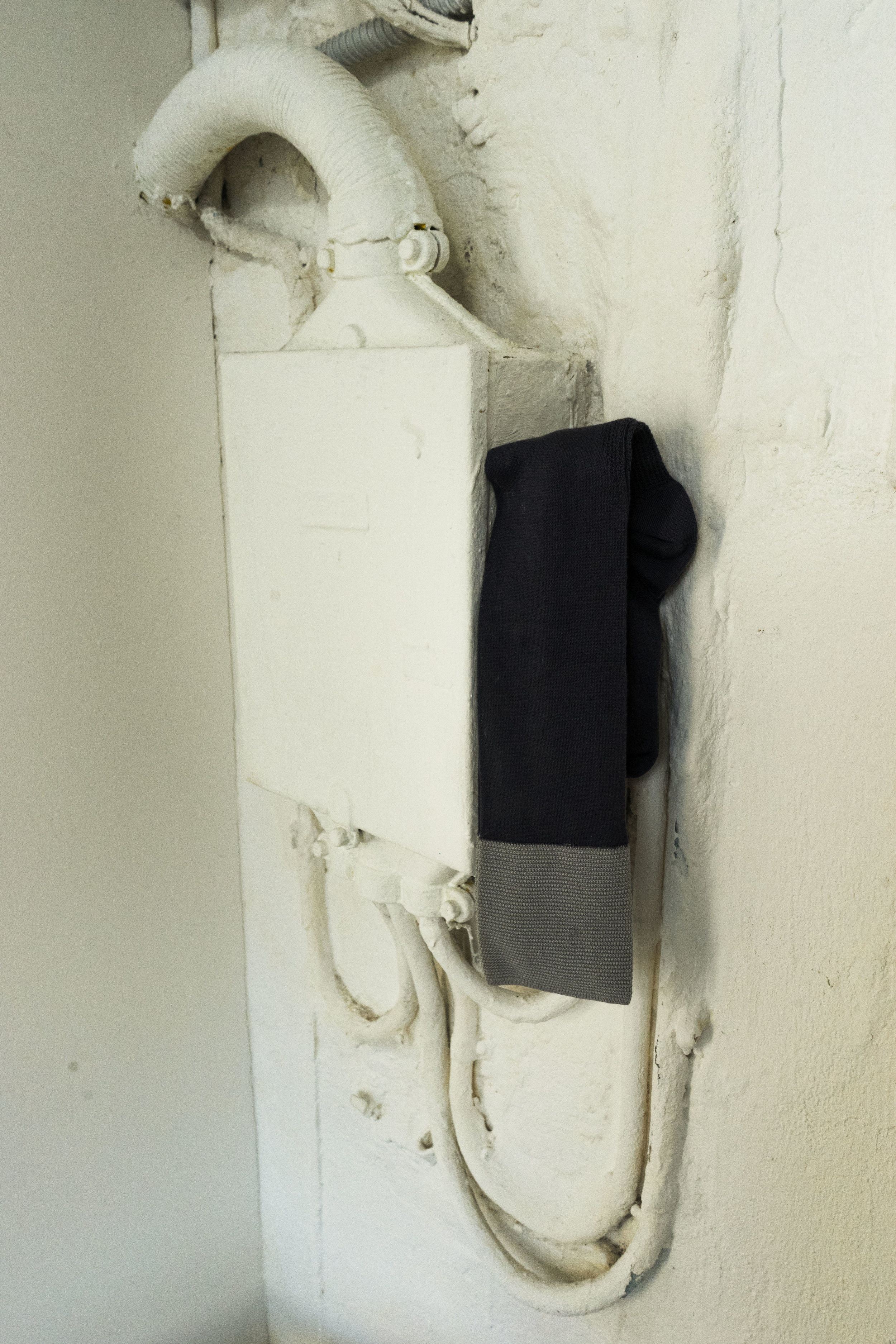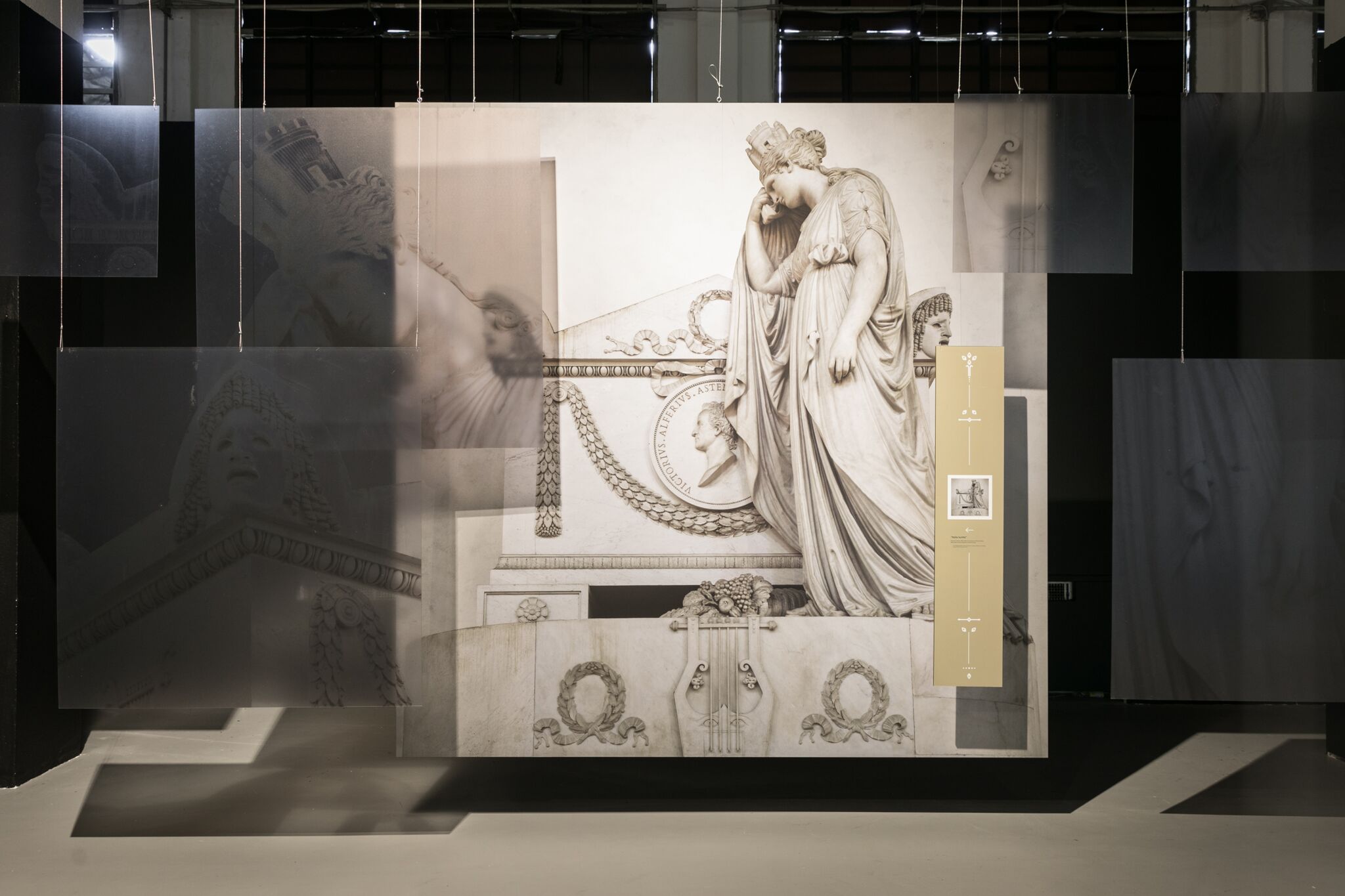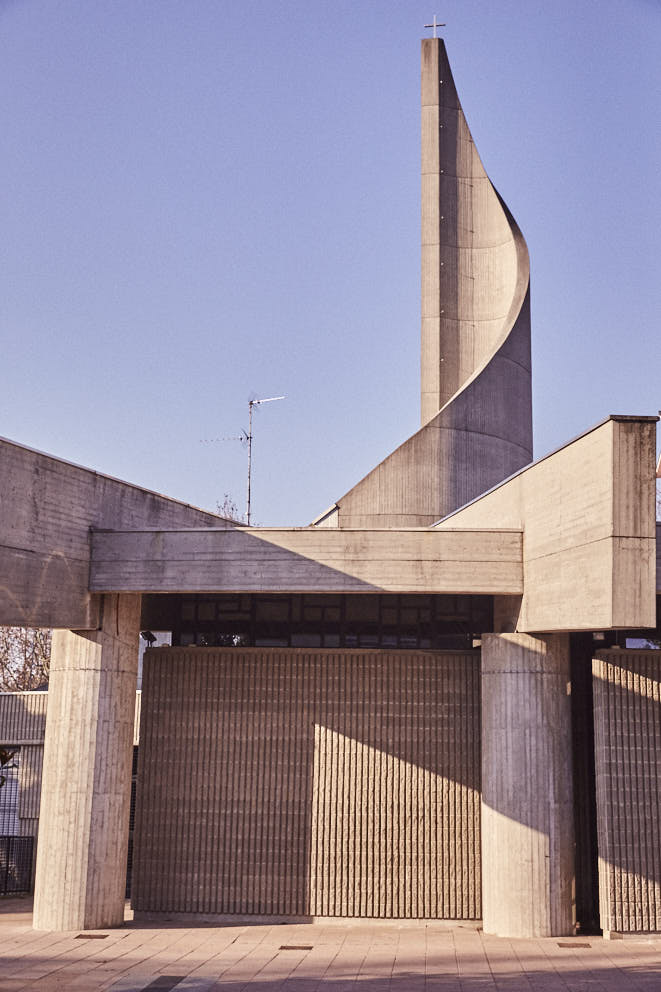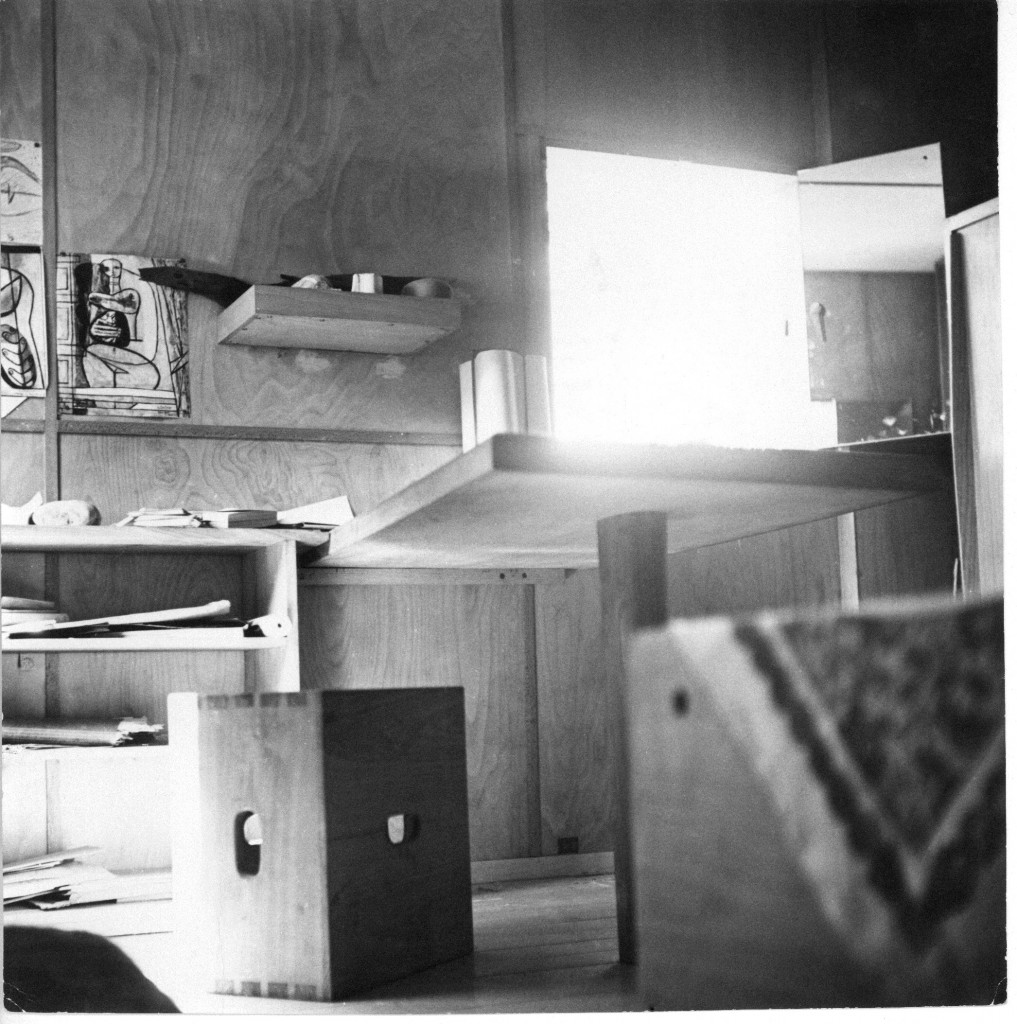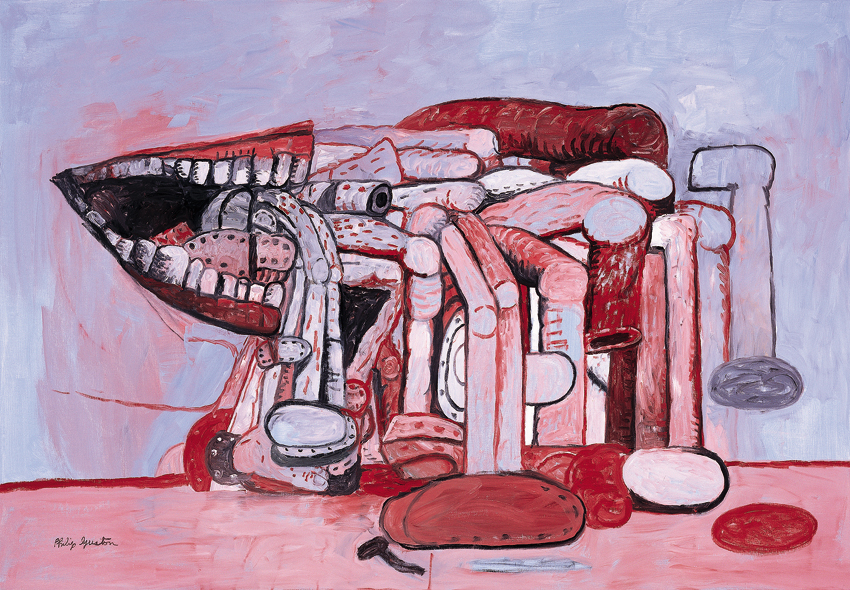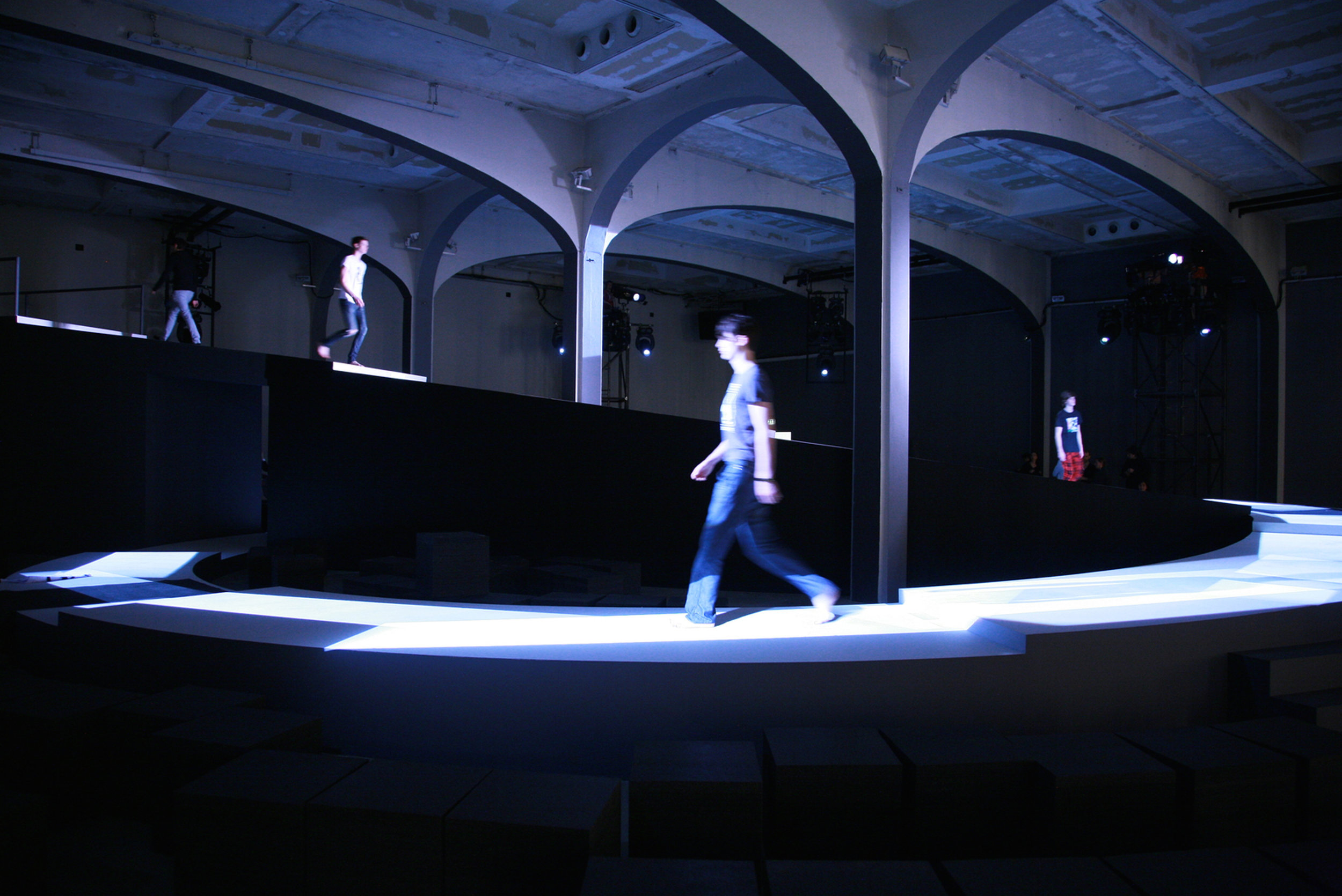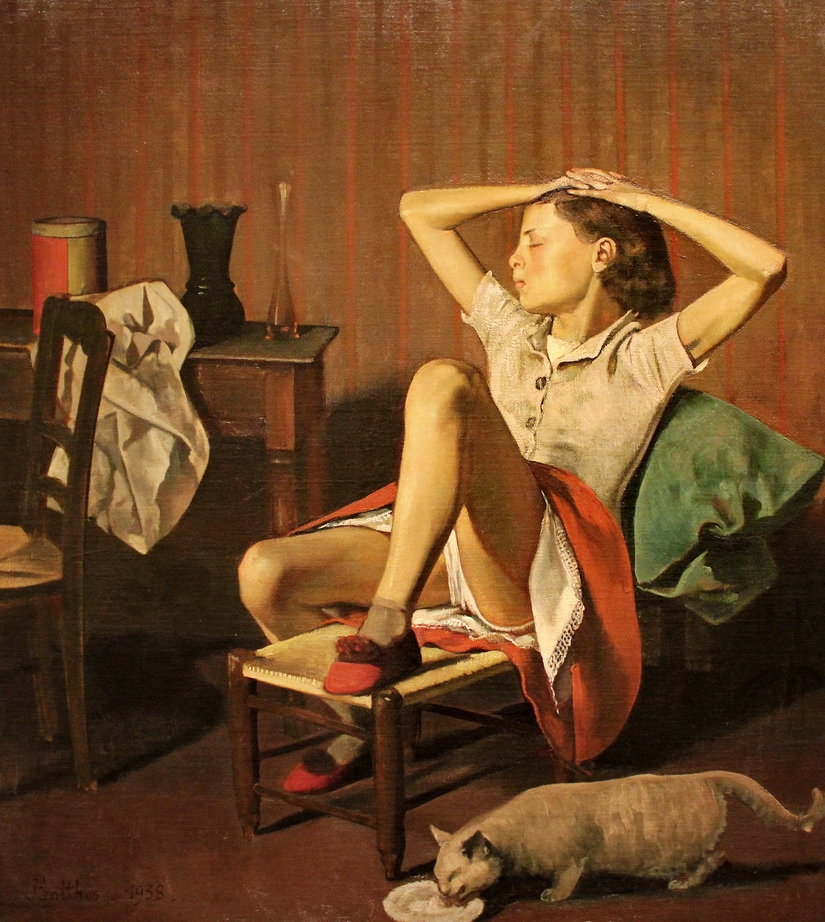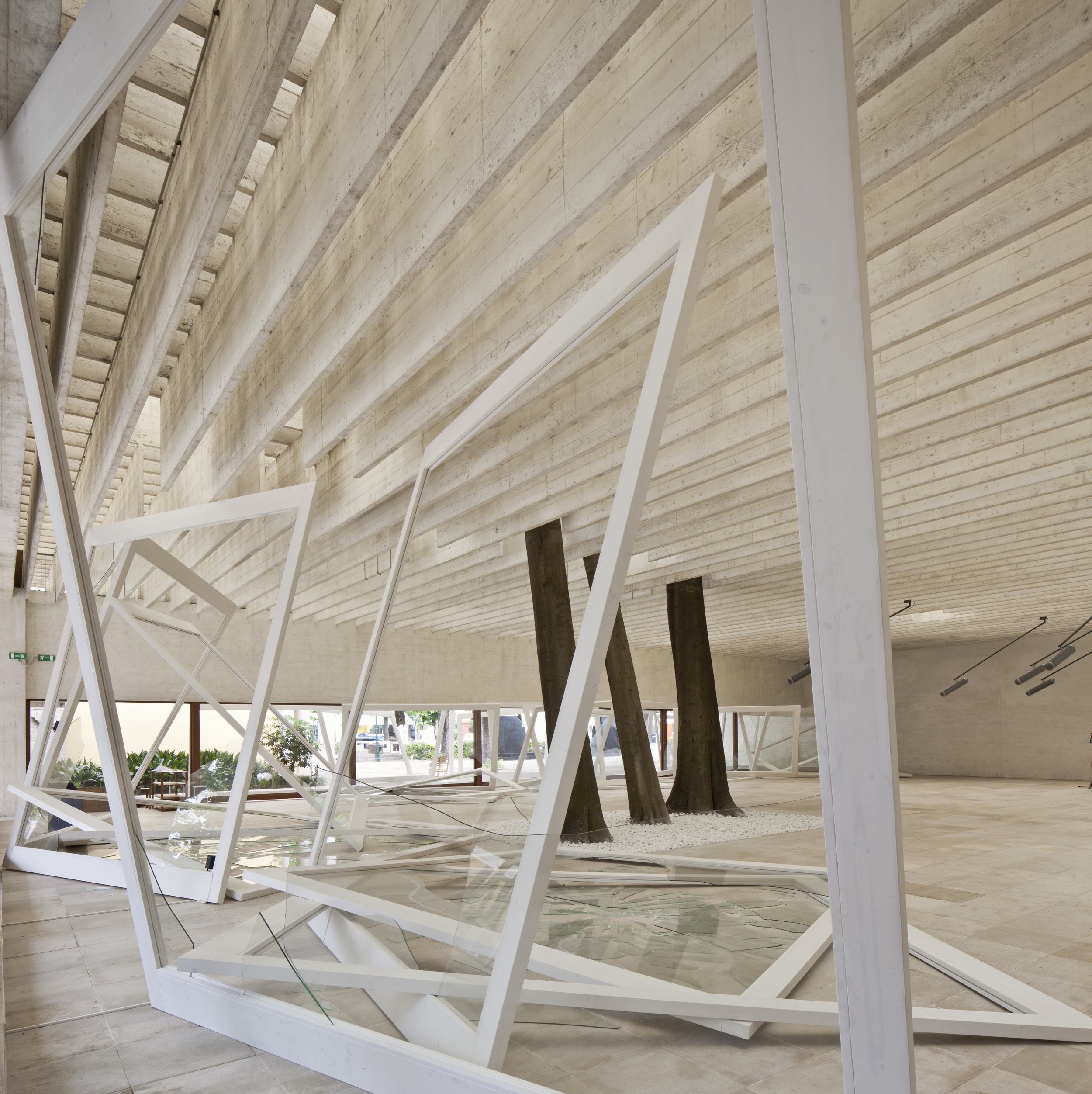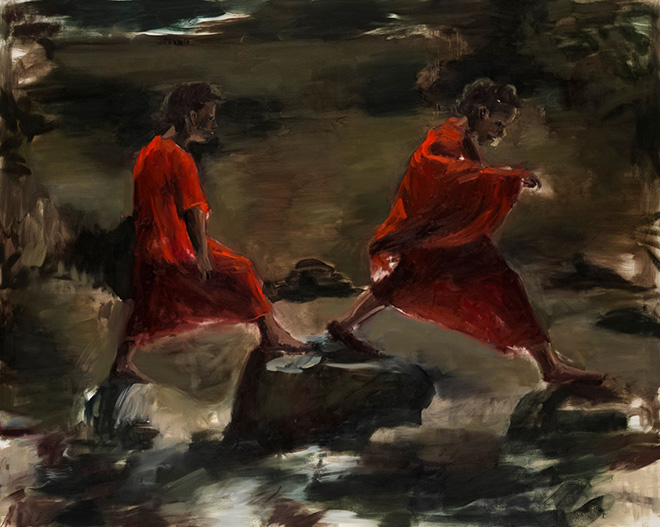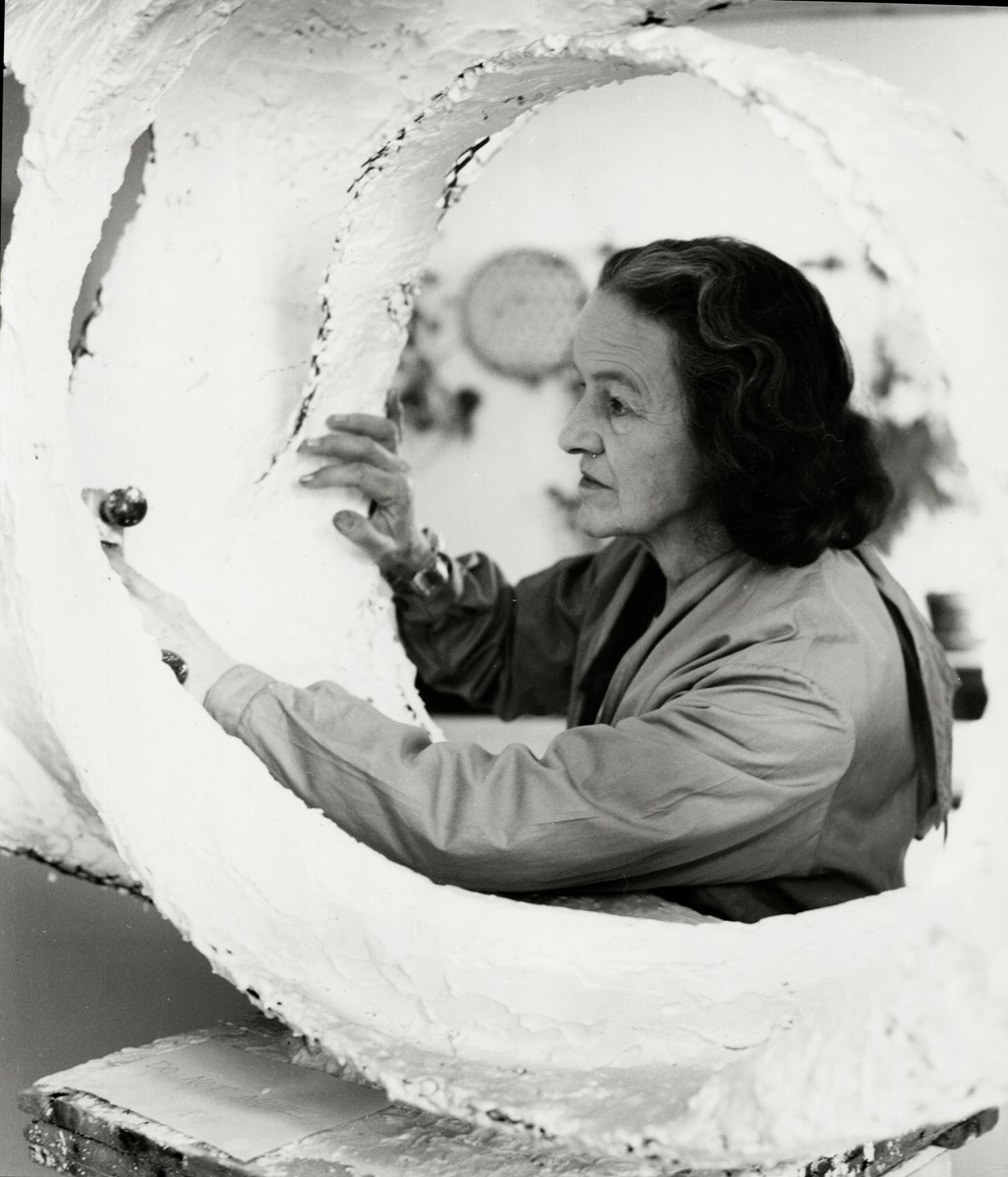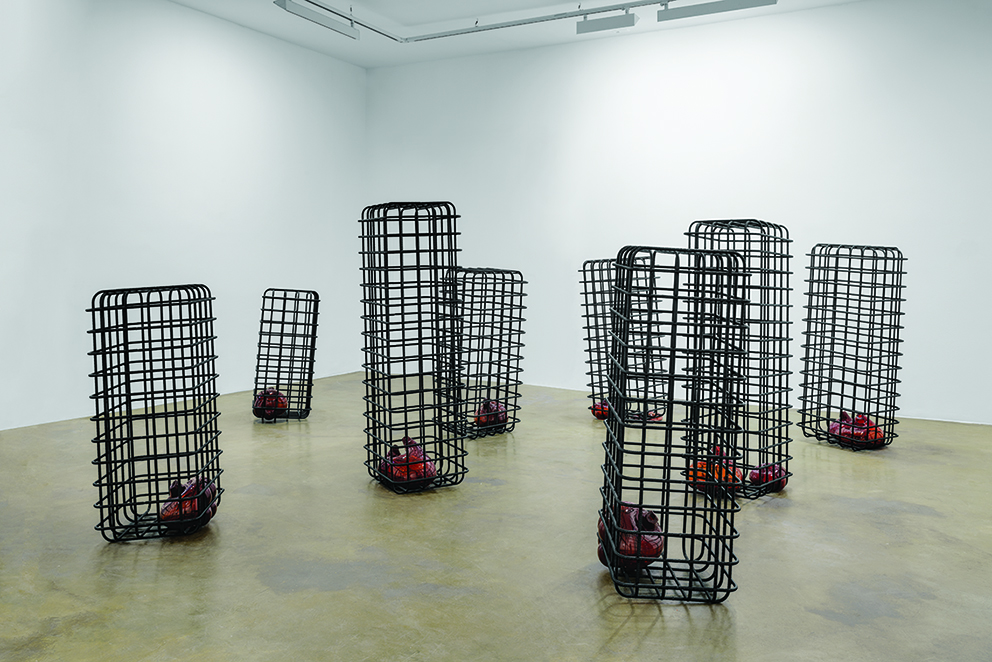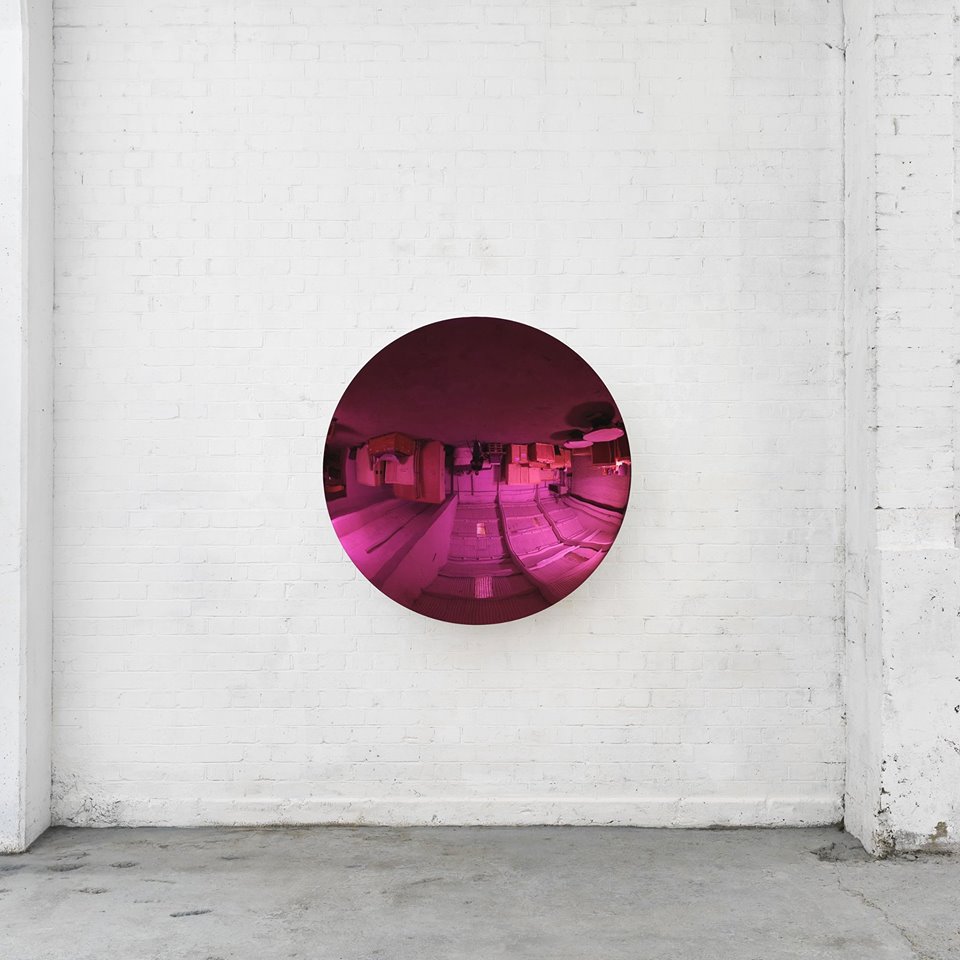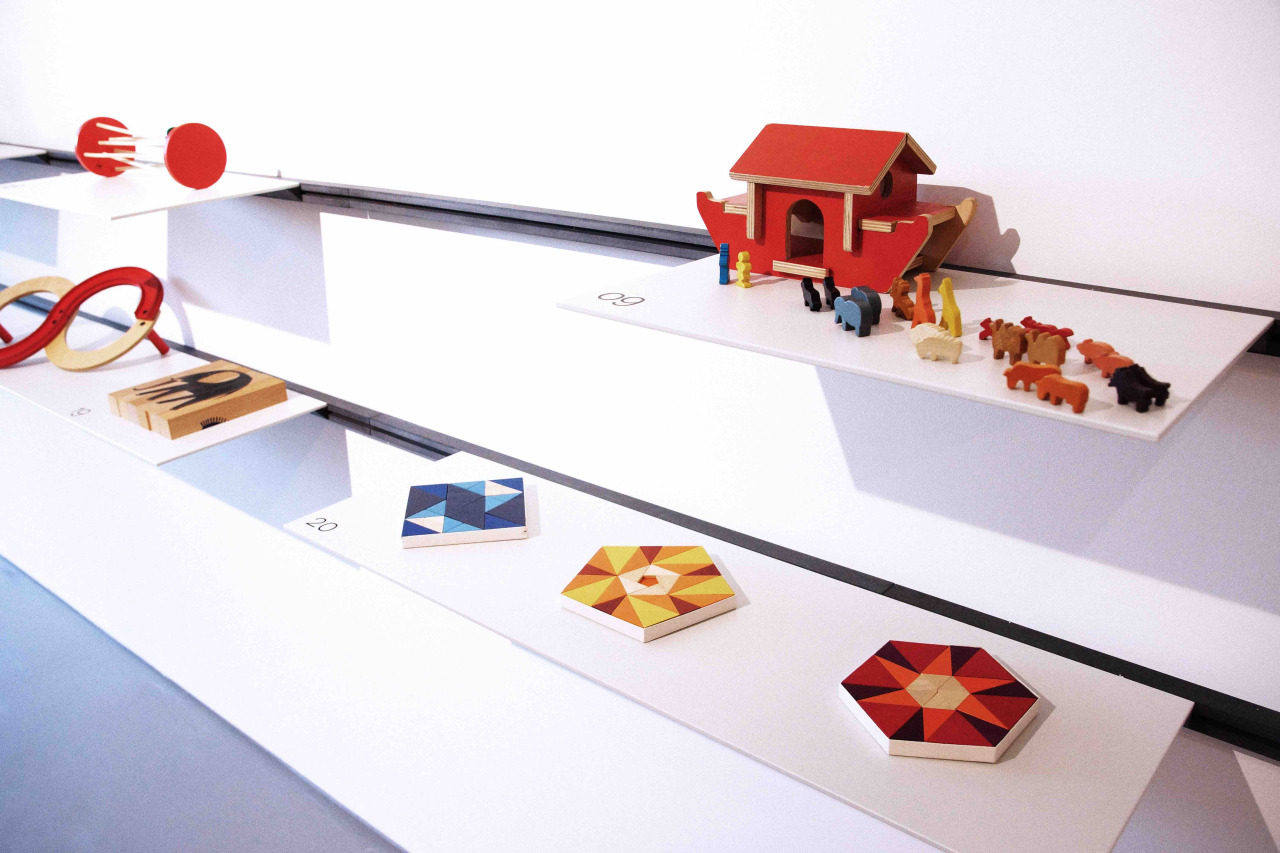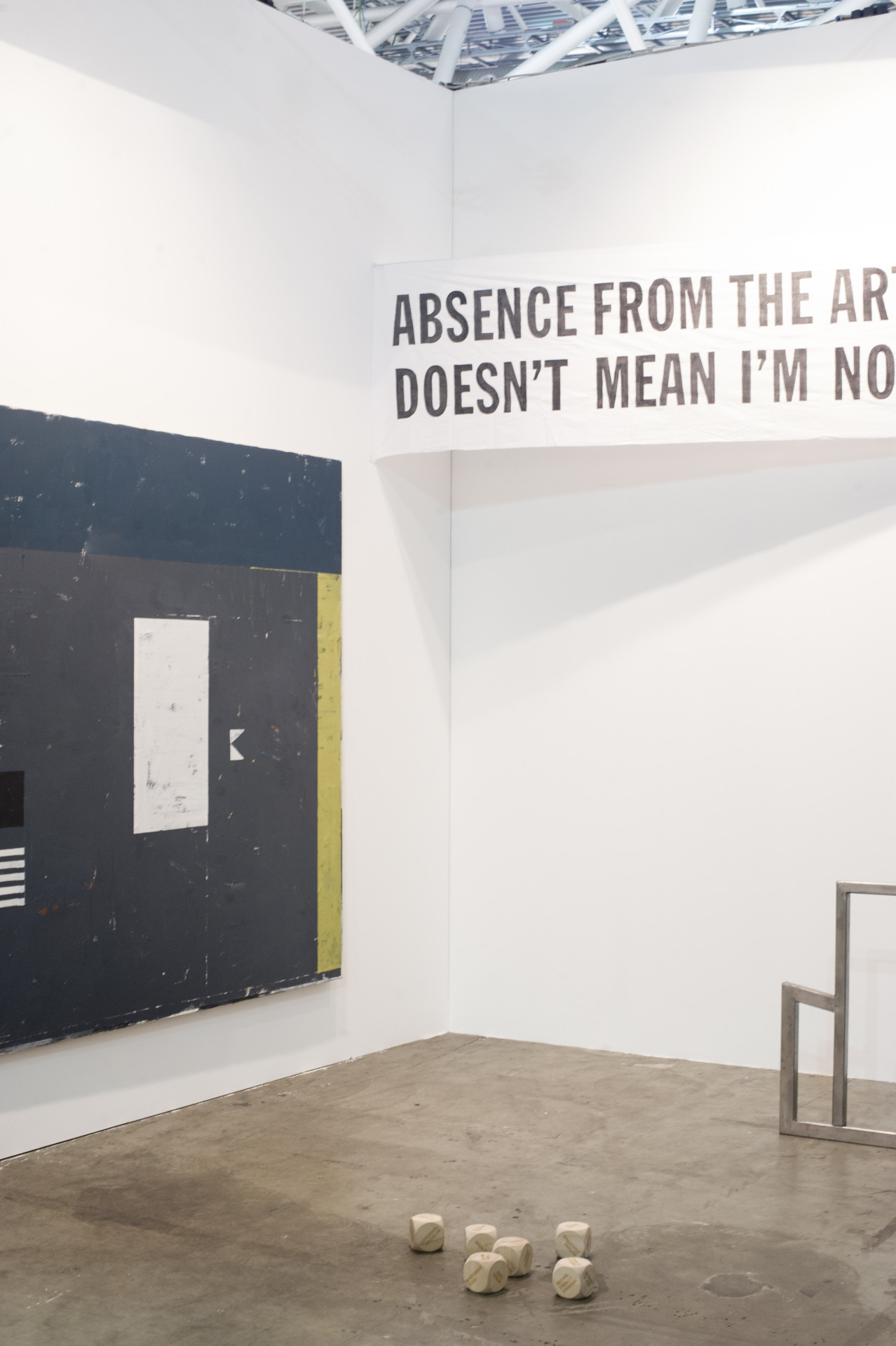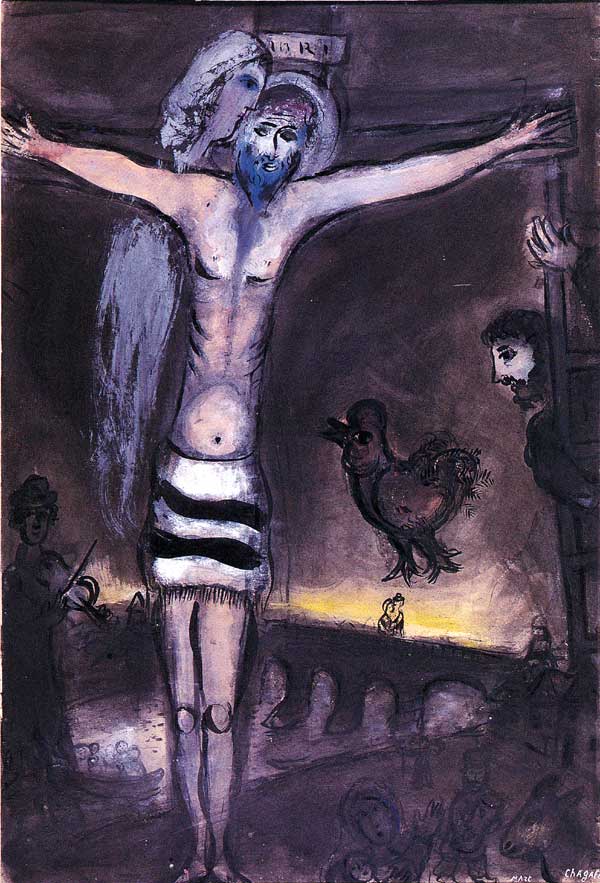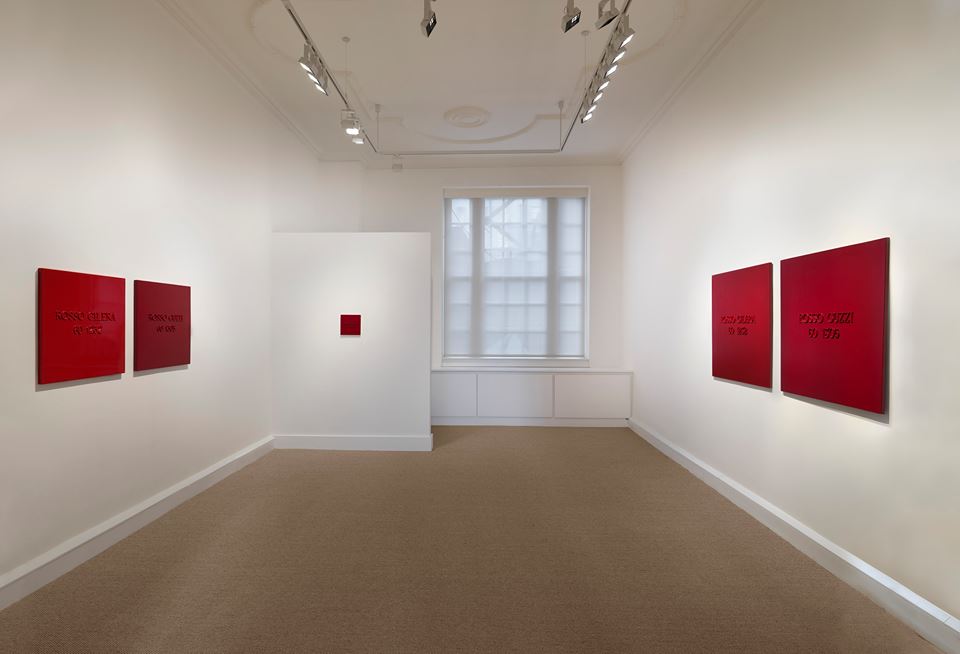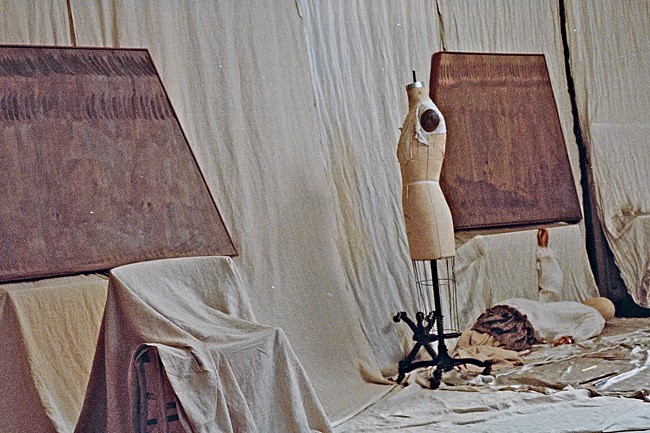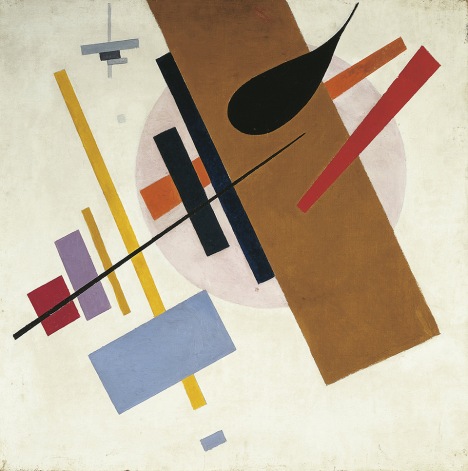‘Home’ by Adeline de Monseignat
Words by Siska Lyssens
London, Ronchini Gallery
Adeline de Monseignat’s universe is made up of distinctive elements, building blocks of an aesthetic language that give shape to her very personal means of aesthetic expression. Her use of worn textiles, of metal structures, bricks wrapped in linen and of glass spheres filled with fur seems to point to a certain softness that’s inviting, but at closer inspection also puzzling. Her newest exhibition,‘Home’, employs these elements within the setting of a space that’s a replica of her childhood bedroom, effectively bringing us into her own space – as de Monseignat puts it: “a tete-a-tete with my mind: we have all these ideas growing up, and the view is here to have that conversation.”
Her childhood nostalgia does not necessarily mean a longing or a loss. It’s rather that ‘Home’ is an homage. “The child that I was, was able to create freely. I think it’s something I should never forget as an adult. I have her in me still. And I am still able to create in that way but sometimes there are constraints in your way of thinking. It can feel a bit overwhelming, you start thinking about your practice in a more serious way, whereas the most interesting pieces I’ve done are when I really created freely and with that childish sense of play.”
The past, as they say, is a foreign country, but de Monseignat’s not escaping the present by revisiting it. Working through her memories, she says, “actually magnifies how I feel. So instead of escaping from it, I think about it even more. It’s like therapy. It’s like putting a magnifying glass on issues, and they become so much lighter afterwards.”
At the same time, the Dutch-Monegasque artist now lives in London, which brings about its own specific notions of what ‘home’ may mean to her. “Home is a place you know so well, yet it’s something that, when you go back and you’ve evolved as a person, you don’t feel the same way about it, even though it’s so familiar. It’s all these strange feelings. I think we can all relate to that.”
Freud’s theory of the Uncanny, provides the perfect framework for de Monseignat’s ambiguous feelings. It’s a text she came across as a student, and which – in its own uncanny way – kept making its way back to her via her lecturers. “The Uncanny is a notion you can’t quite grasp”, she ponders. “It’s not an adjective that describes a knowable thing, it’s a feeling you may encounter while interacting with an object or a situation or person. It escapes us. And in today’s society where we love to understand everything and stay in our comfort zone, it’s an interesting concept.”
De Monseignat’s art explores and confronts these feelings through her (and our) tactile instinct, that sways us to stroke the fur, but is halted by the cold sphere that encloses it. We’re invited to ‘touch with our eyes’ when we try to connect to de Monseignat’s many variations on the “Hairy Eye Ball”, also presented in ‘Home’ – this time encapsulated by a worn blue and white striped bedsheet.
“I think the fur attracted me because of that softness, and yet it’s a material that’s quite tragic”, she explains. “When it’s exhibited like that it looks quite sleek, but actually working with it is quite dramatic because I need to take the lining out of vintage fur coats. When I do that I see all the scars. These scars are like scars that we all have within us. We carry our past and tough times within us – they’re not always visible to the eye. Just like the fur’s scars, they are beneath the surface. But they’re there and I’ve seen them, I’ve touched them, I’ve had to cut them open and sew them back together. It becomes very visceral to work with that material.”
‘Home’ also makes use of red-and-white striped awnings, which de Monseignat tells “are representative of where I grew up. They were always in the corner of my eye and now I’m putting them at the center.”
Black-and-white drawings of the exhibition space line the walls, along with black-and-white studies of torn fabric. “Every single one of them is a word and they form the sentence: ‘With every fiber of my being.’ Fabric is such a genuine, honest material. Whatever happens to it, it just stays there as a map for you to see the stains, the damages of time. It retains all that information within its fibers. I like the honesty of it. It’s a reminder that whatever you do it should be done with full authenticity and genuine feeling.”
It’s that strength to the tests of time and that powerful rawness she so admires in Louise Bourgeois – whom she also pays tribute to in ‘Home’ – that is apparent in de Monseignat’s work, however affectionate and emotive it may seem: “even if it has wounds, it still has beauty to it and it has a story that makes it even more so, it has personality.”
Curated by Samia Calbayrac - Images courtesy of the artist and Ronchini Gallery.
14 November 2014 - 17 January 2015
